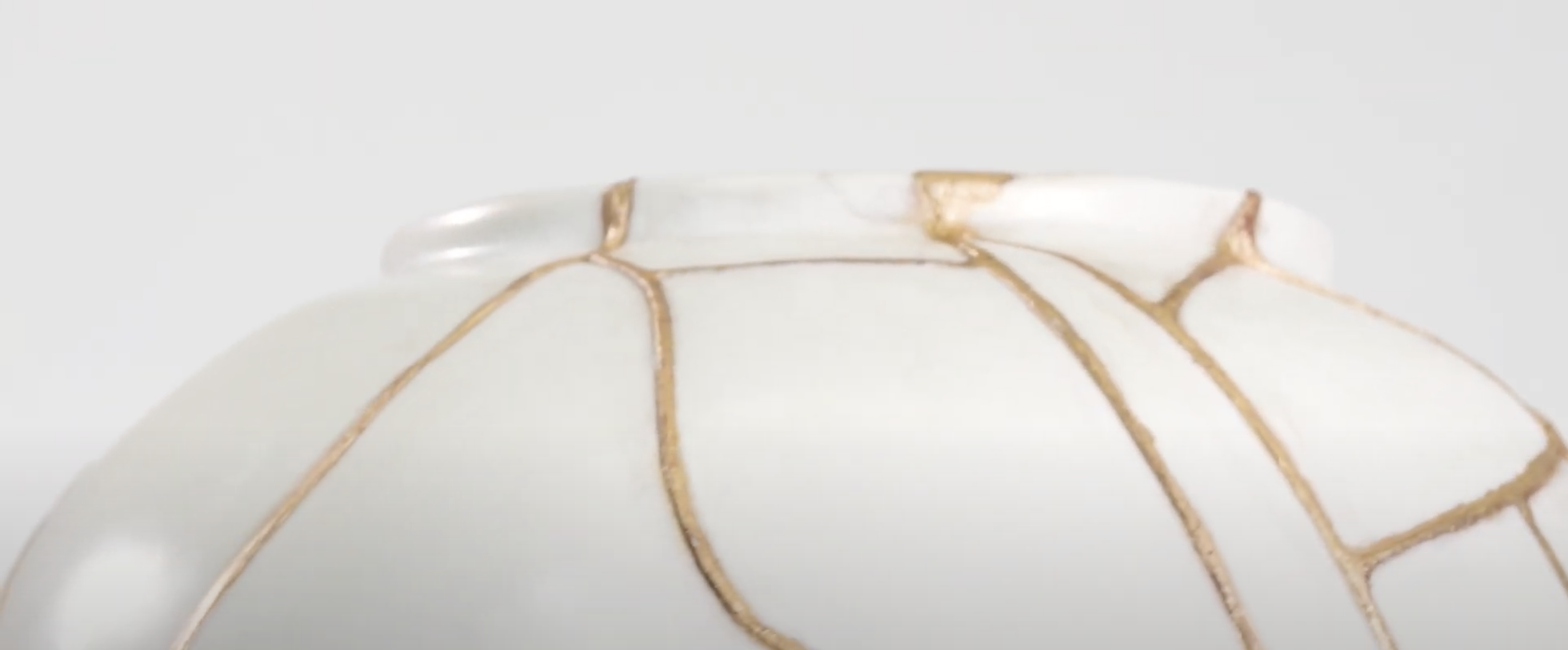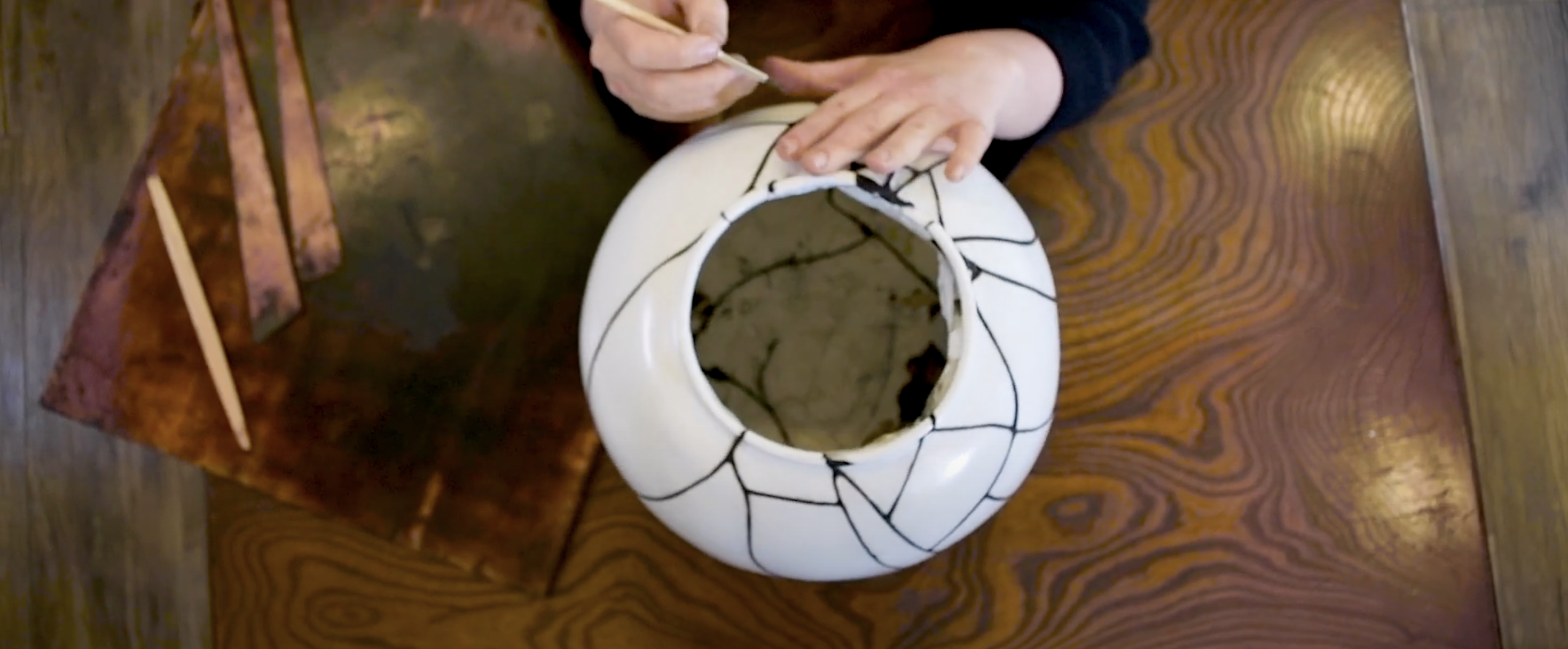
Toma House AIR is thrilled to introduce One-Day Kintsugi Workshop on November 24th 2024 in partnership with British artist and kintsugi instructor Clementine Nuttall.
We would like to invite maximum four foreign participants who are interested in this exquisite Japanese tradition. Kintsugi is an artistic practise of mending broken pottery with lacquer and gold, transforming the final repaired pottery into a unique piece of artwork.
This workshop will be the forefront to launch our upcoming Kintsugi Residency Programmes from 2025.
< Workshop Information >
- Date: November 24th, 2024
- Time: 10am to 4pm
- Number of Participants: 4 people
- Workshop Language: English
- Participation fee: Free
< What is Kintsugi >
Kintsugi is a celebrated traditional art form that is closely related to tea ceremony in the 16th-century Japan. It is a practise to repair a broken pottery using gold and lacquer, the cracks are transformed into beautiful, elaborate golden veins and patches that emphasises the scars on the pottery, symbolising renewal and imperfect beauty. Kintsugi potteries are celebrated as a unique piece of art, as no repaired pieces are identical.

< About the instructor – Clementine Nuttall >
Clementine Nuttall is an artist, conservator, craftsperson, and filmmaker whose work spans ceramics, lacquer, paper, installation, and performance. Originally trained and worked in crafts and conservation in the UK, she moved to Japan to pursue a master’s degree in Japanese crafts at Tokyo University of the Arts, where her research focuses on Urushi Lacquer. She teaches kintsugi and is avid in sharing the beauty of this tradational technique to a wider audience.
< Highlights >
- Create your own Kintsugi artwork in a historic former priest family house in Nara.
- Enjoy a full-day journey to learn both traditional and modern kintsugi techniques.
- Repair a broken pottery from home, or use the potteries available from the workshop.
- Take part in a small tea ceremony to trace the history of kintsugi.
< What’s included >
- Basic kintsugi kits to use within the studio.
- A pair of rubber gloves to work with urushi.
- Ornamental gold powder for final decorative purpose.
< What to bring & wear >
- A surgical mask to wear while working with urushi.
- Long-sleeve clothings which you don’t mind getting dirty and should cover your arms while working with urushi.
- Lunch: Eat-out in a nice cafe or diner around Toma House AIR, or bring your own light lunch.
< Important Notes >
- If you opt to bring your own broken or cracked pottery, the size should be no larger than 20cm on each dimension.
- The final kintsugi work can be used only for decorative purposes. It cannot be used to serve food or drinks.
- Be aware that wet urushi might cause skin irritation or allergic reactions. DO NOT sign up if you have a history of urushi allergies, or symptoms after touching urushi products. Please understand that Toma House AIR takes careful measures but we cannot take responsibilities for the symptoms.
- You will learn both traditional and modern kintsugi techniques, using both milliput and Japanese urushi.
- The final gold layer requires a longer drying time. You may leave the piece in the studio for a later collection, or take it home to dry on the same day.

3 thoughts on “[Event Closed] Toma Introduces: Kintsugi One-Day Workshop”
Comments are closed.